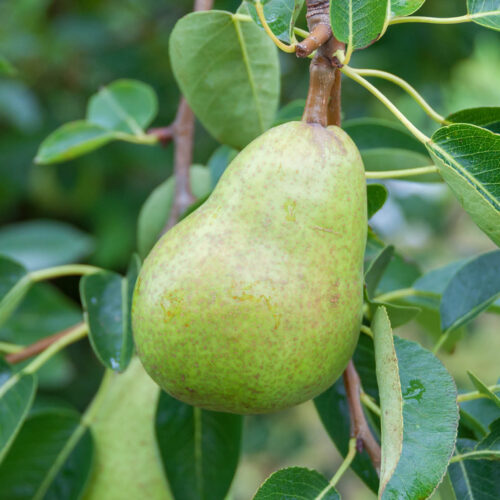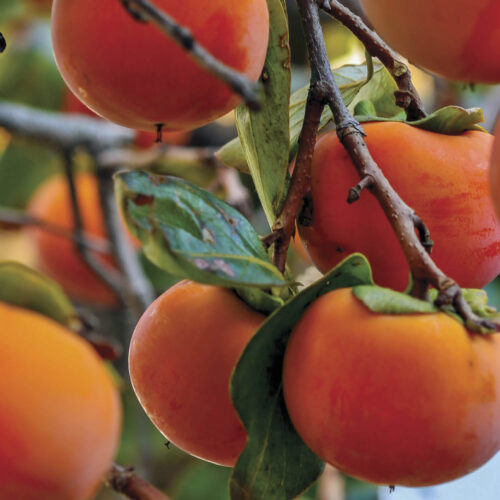How to grow organic edible figs
2011-12-13T03:35:19+11:00
Homegrown figs are so mind-blowingly sweet and delicious. PHIL DUDMAN shares his organic secrets for growing the best with tips for dealing with typical pests.
The best fig tree I ever saw was in Italy… a huge thing dripping with fruit on the edge of a sunny courtyard garden in the back streets of Pisa. The second best one I saw was in a similar courtyard space in the Melbourne inner city suburb of Clifton Hill. Which gives a good indication of the conditions they like… cold wet winters (when they are leafless and dormant), hot dry summers (when they are fruiting), good protection from wind and a reasonably confined root system. Give em what they want, and they pretty much look after themselves. I live in the subtropics where the summers are wet and humid, which poses some problems for figs, but you can still grow them pretty well, it just takes a bit more effort.
One of the big things to consider is drainage – figs hate wet feet so be sure to prepare soil well before planting with plenty of compost and even a few barrow loads of coarse sand if necessary. They like a limey soil, so if your pH is below 6.5, dig in a bucket load of lime… or if you have an existing fig tree, spread a few generous handfuls per square metre around the root zone. One tip an old timer told me was to throw a few big rocks in the bottom of the planting hole – the idea is to ‘confine’ the root system to a degree, mimicking the conditions they respond so well to in the Mediterranean.
There are a few pests you need to keep on top of, and fruit fly is a big one. A modern organic product like eco-naturalure will help, but you need to be persistent and keep reapplying it throughout the fruits development period. Birds are a problem anywhere you grow figs, so you’ll need to net the tree as the fruit approach maturity. Lately, I have noticed quite a bit of activity from the fig leaf caterpillar (pictured), which chews and skeletonises the leaves. These guys have a ravenous appetite and if you’re not onto them, they can clean up every leaf on the tree in a few days, which will seriously set the tree back. Regular checks once or twice a week will keep numbers down. If you see them, squash them immediately, or spray them with a natural pyrethrum spray before they do too much damage.
Look out for the next issue of Organic Gardener on sale in Feb 2012, where we provide readers with more information on figs.





